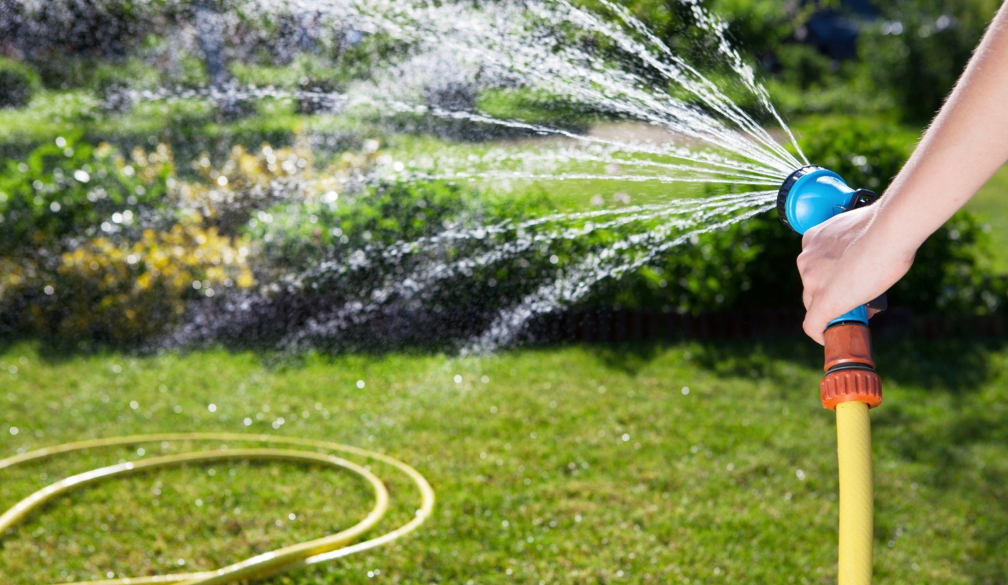How Much Do Water Bills Usually Cost in Canberra?
- Written by NewsServices.com

Let’s face it, the global economy has been in a bit of a slump as of late. The costs of living are steadily increasing, and interest rates are inching higher. So, it makes sense that you try to save some money on your water bill. However, to do this, you should understand what your water bill consists of, how the amounts you’ll pay for water are calculated, and what you can do to use less water.
In this post, we’ll look at all these questions in more detail.
Water Cost Components
Icon Water, that’s wholly owned by the ACT Government, is the sole supplier of water in Canberra and, as such, determines water prices for Canberra. When determining these prices, it considers its operating costs, including staff wages, maintenance, pump running costs, chemicals and any tax liabilities.
In addition to these operating costs, Icon Water will also consider other factors that could influence water’s price. These include climate change, the rate of population growth, the cost of infrastructure upgrades, and government policies that determine the standards water needs to comply with.
Average Water Costs
It can be challenging to determine accurate average water costs in Canberra, simply because costs depend on usage. In turn, usage differs based on several factors. For instance, how much water a specific household uses depends on everything from the number of members, the number of bathrooms, garden size, and even other aspects like the season or time of year.
Despite this, it’s possible to get in the ballpark by using census data. This data shows that most households in Canberra are two-person households. Most families are couples without kids, and those families with children averaged about 1.7 children per household. Also, 3-bedroom homes are most common, with 4+ bedroom and 2-bedroom homes following behind. Combined, all this data shows that the average water usage per year is about 100 kL per person.
This means that, for an average two-person home with two toilets, the average annual water bill will amount to about $1,158, consisting of about $456 in respect of Tier 1 water usage and $702 in respect of water supply and sewage charges.
Conversely, a four-person household with two children can expect to pay about $2,075 per year. Here, this amount consists of $702 water supply and sewage charge, $456 in respect of Tier 1 usage charges, and $916 in respect of Tier 2, or excess usage charges.
Tips for Reducing Your Bills
Considering the average water costs mentioned above, it’s clear that water can become quite costly. Fortunately, there are several ways in which you can save water and, by implication, money on your water bill. For one, one of the most effective strategies is to consciously use less water.
Apart from this, there are many other tools or strategies that can help you reduce your water bill, including:
-
- Buying water-efficient dishwashers and washing machines.
-
- Running your appliances on the Eco cycle.
-
- Only run your dishwasher or washing machine when it’s full.
-
- Using low-flow shower heads and taps.
-
- Fixing any leaks.
-
- Collecting rainwater for watering your garden or washing your car.
Conclusion
There you go, now you know what goes into your water bill and what you can expect to pay for your water bill in Canberra. More importantly, you now know some simple strategies you can implement right away to use less water and save more money.



